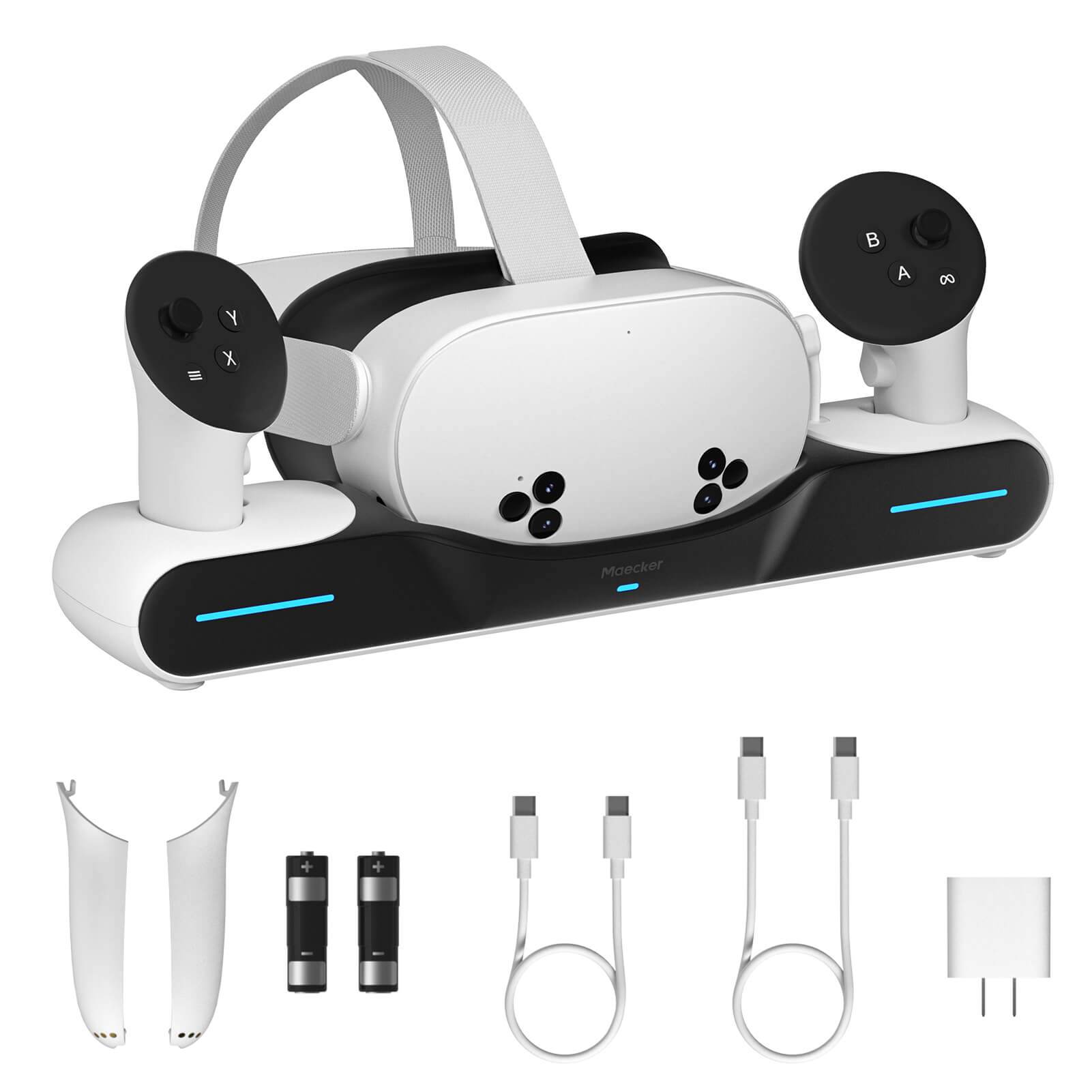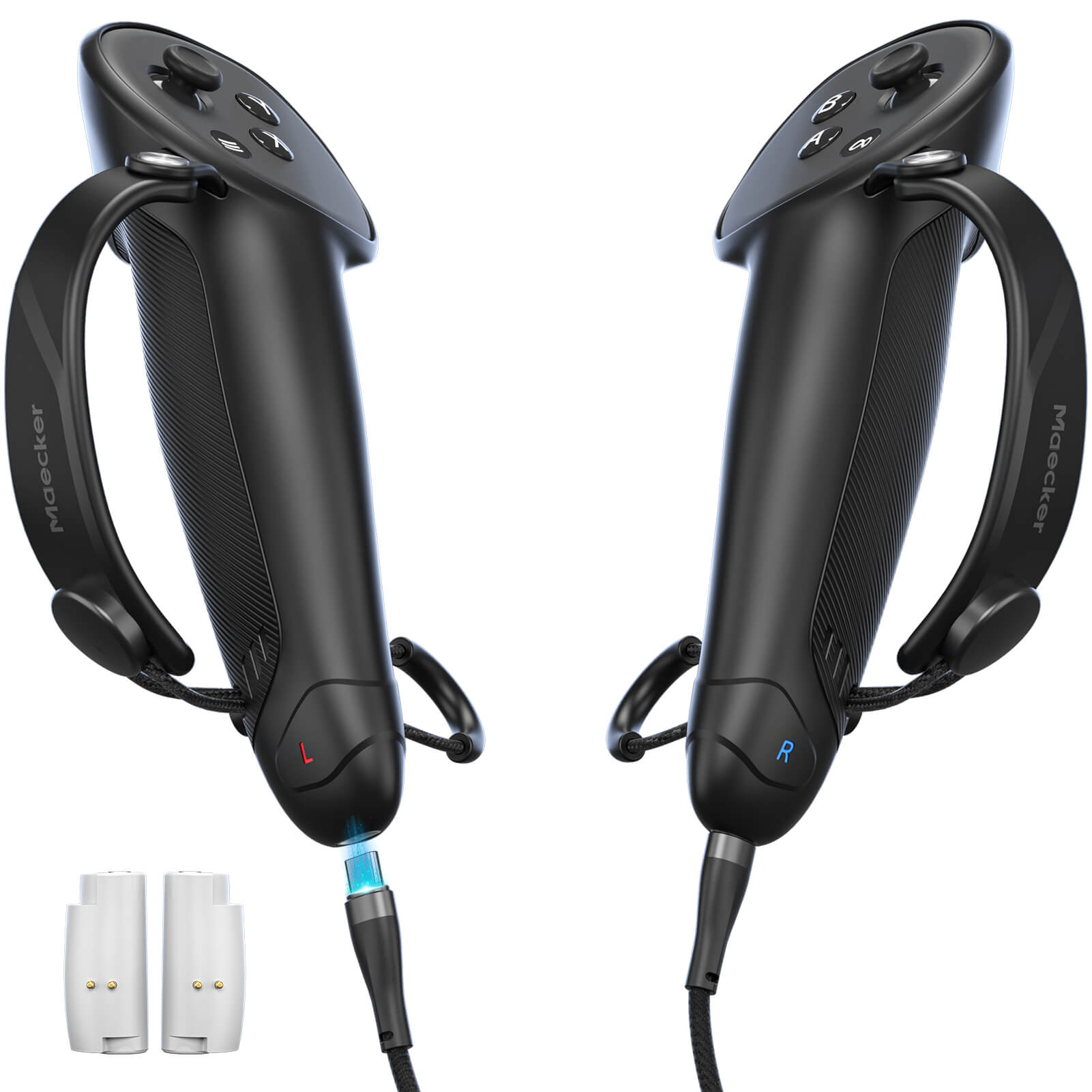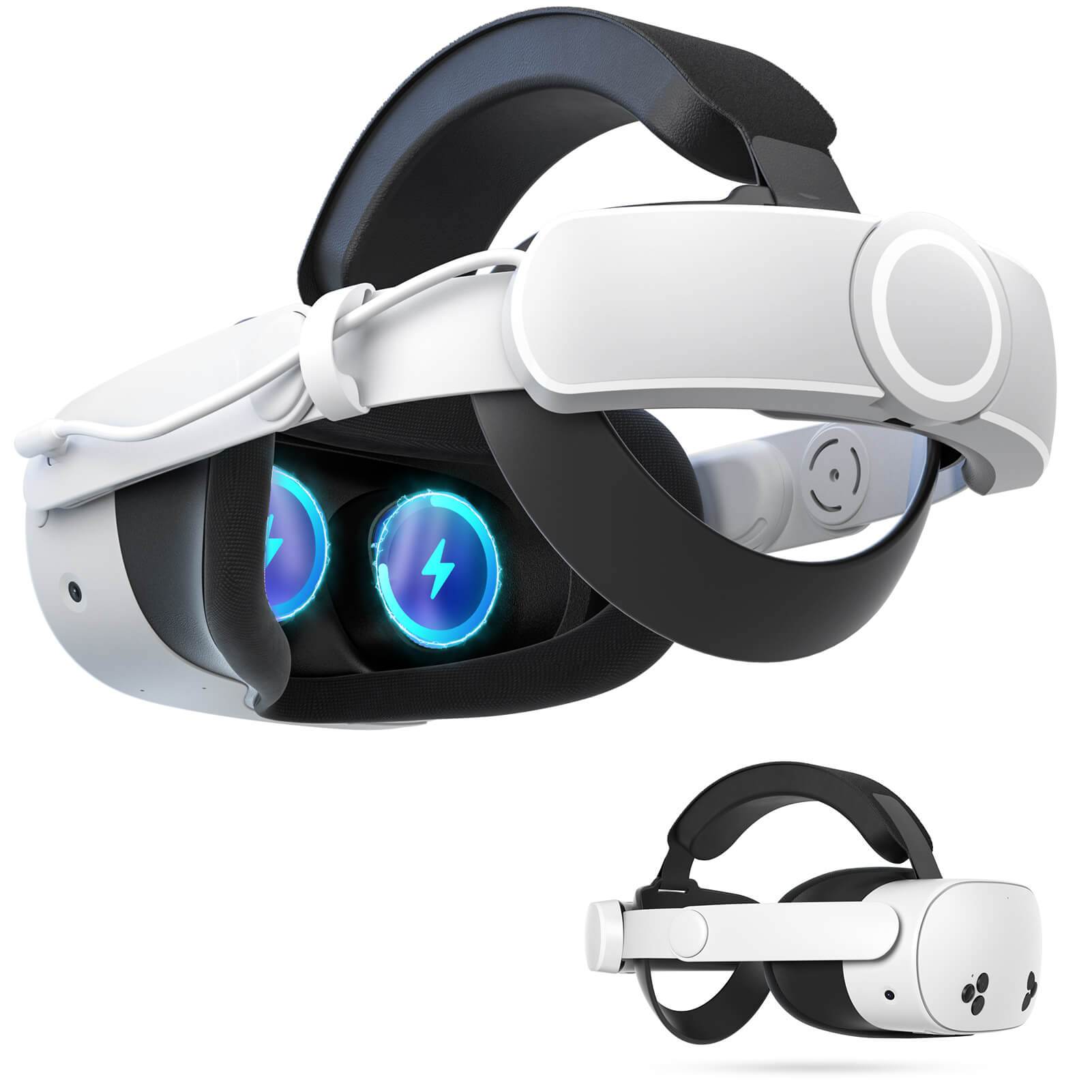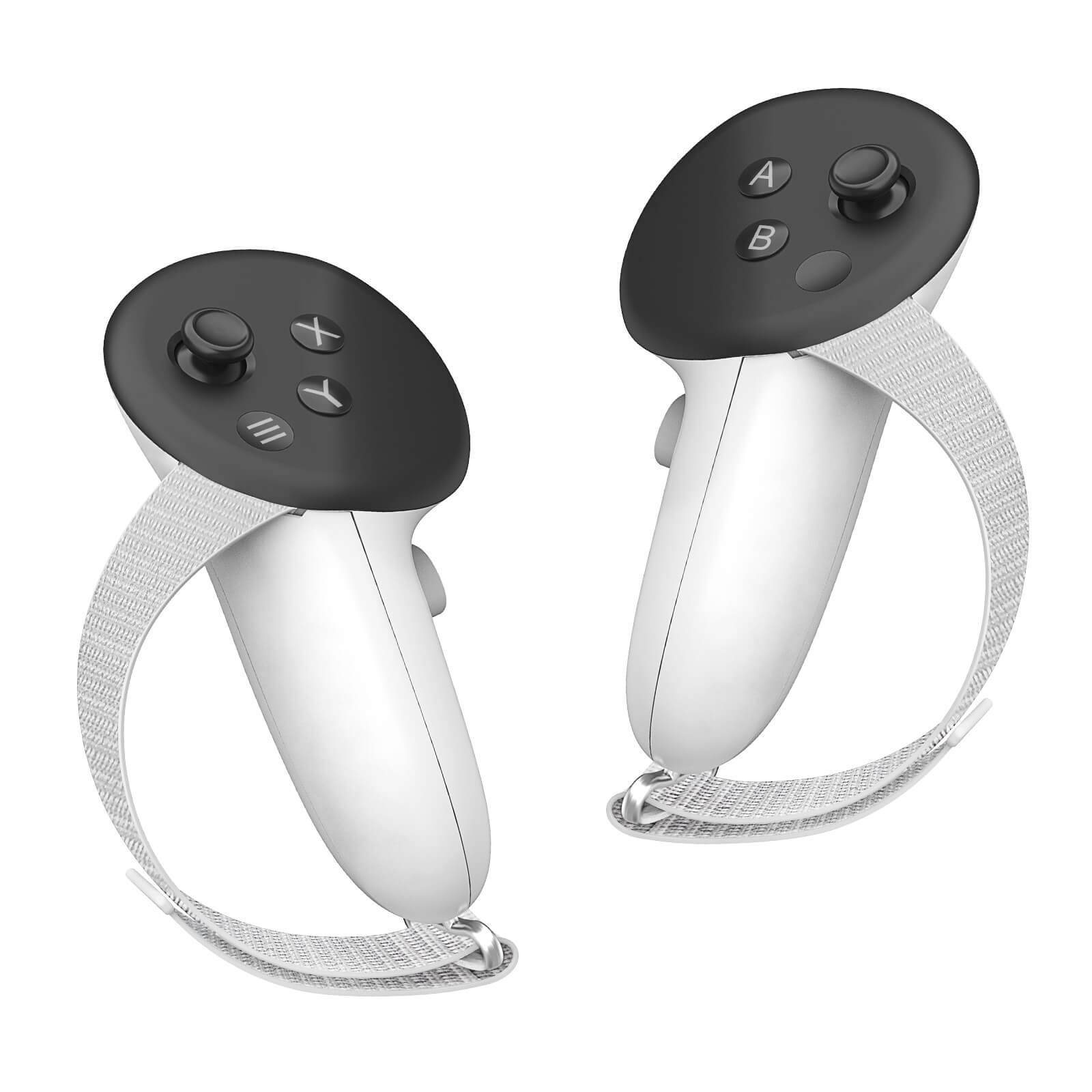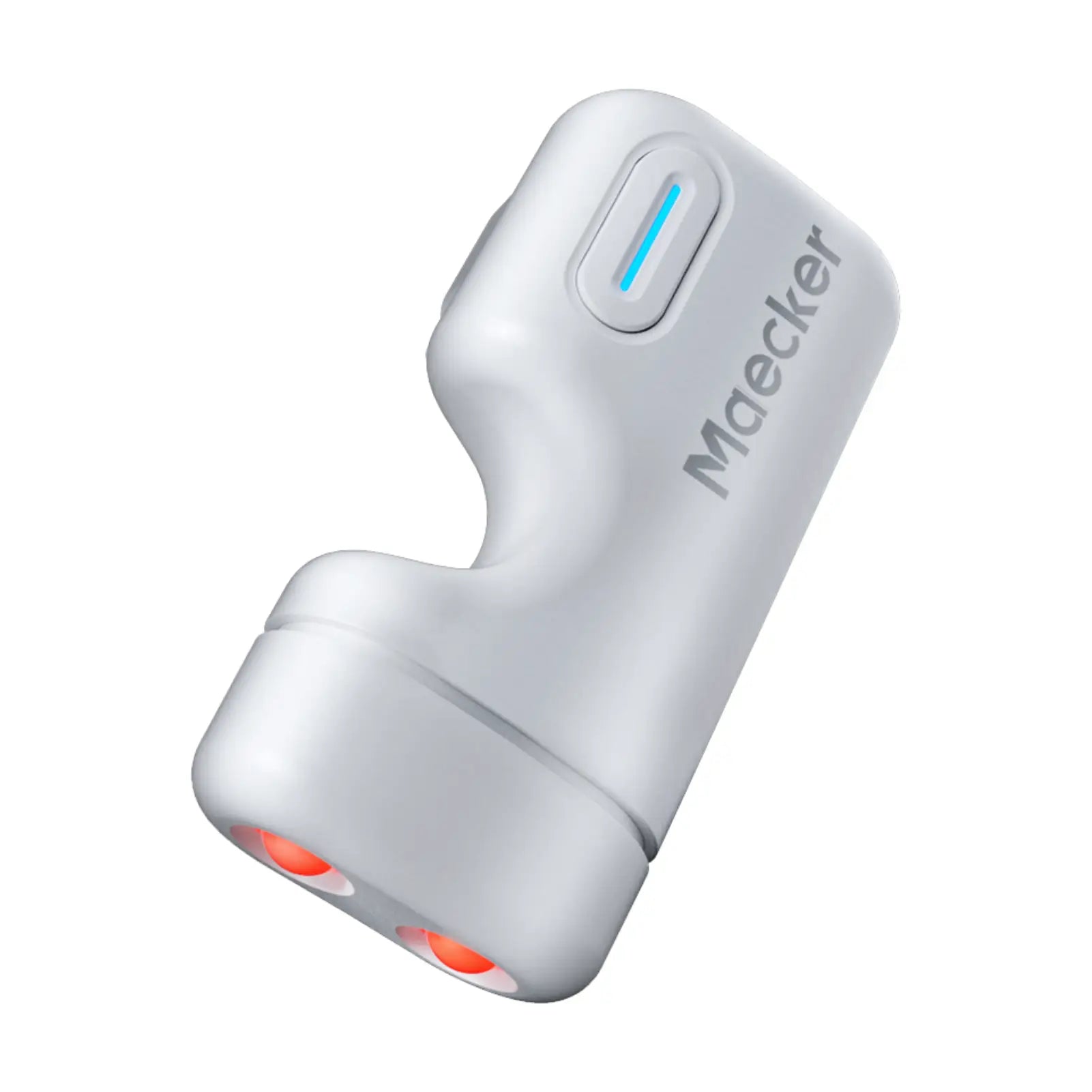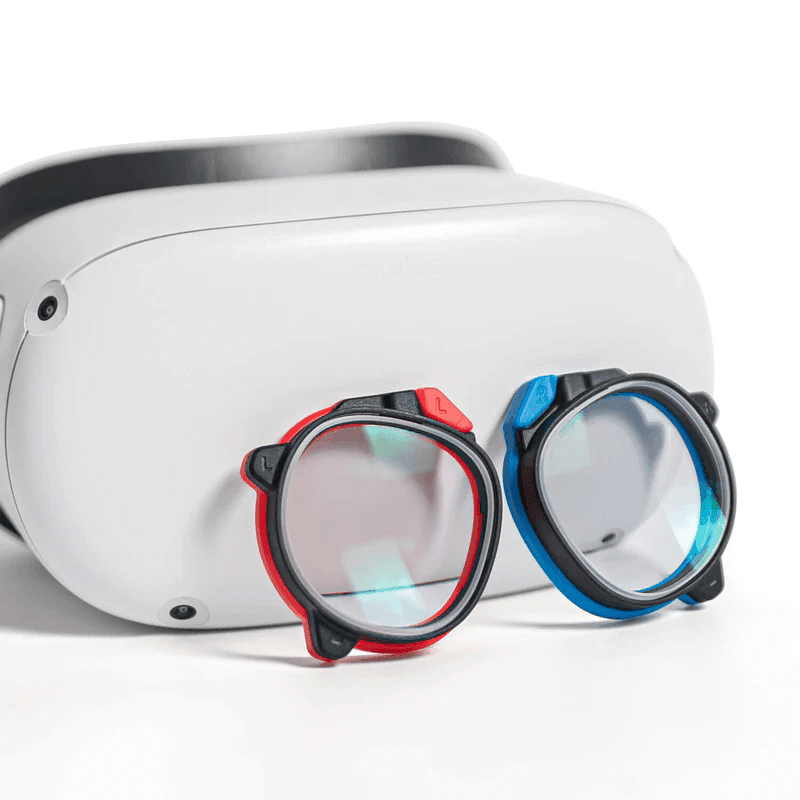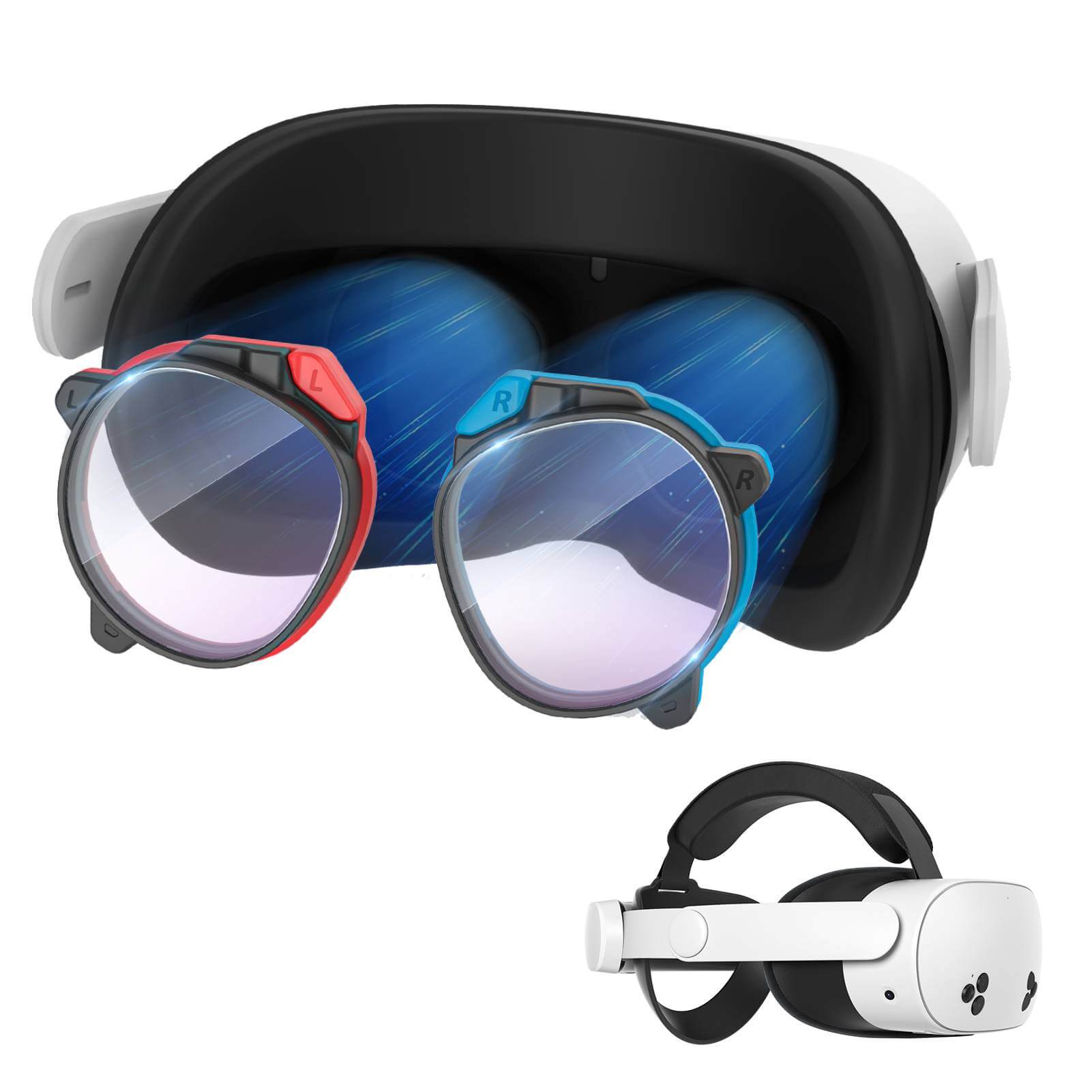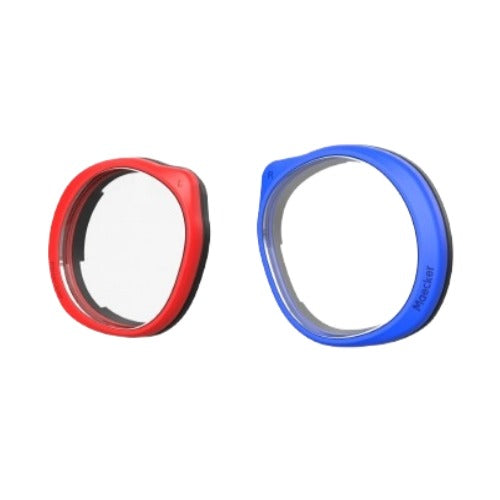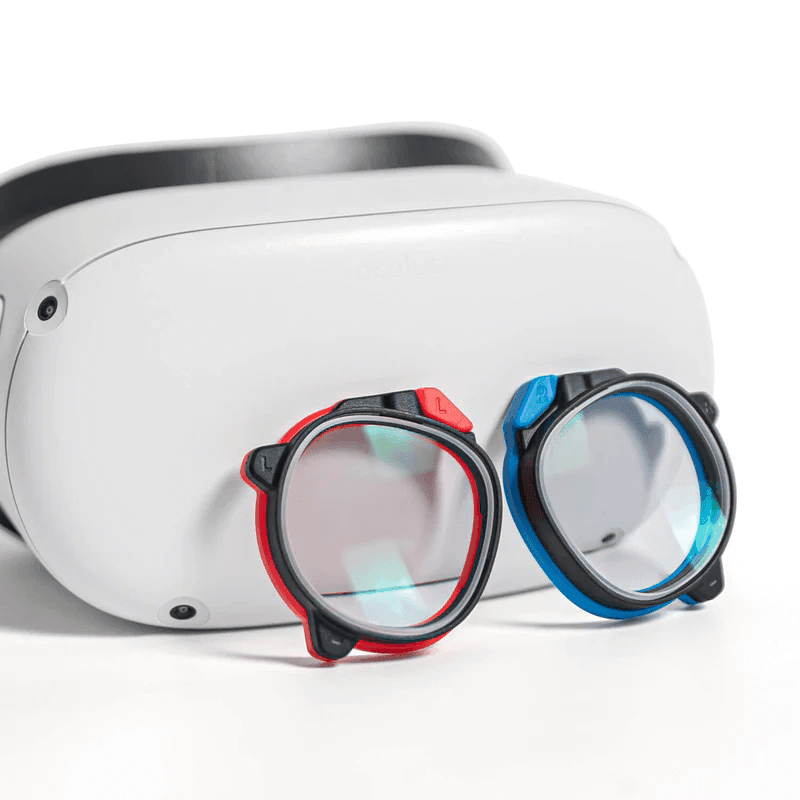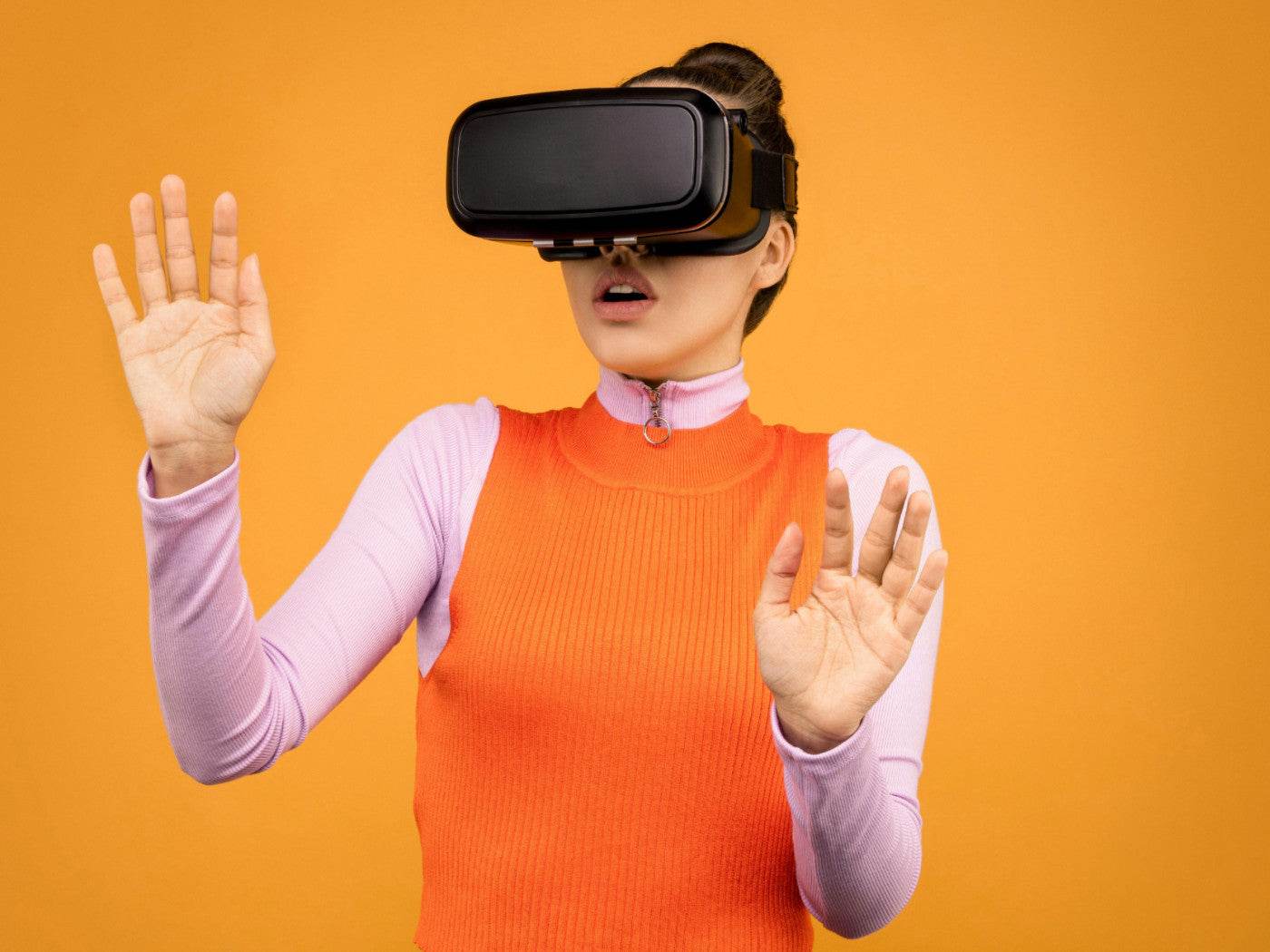Preparar tu sala para la realidad virtual es más importante de lo que muchos creen. Un espacio de RV bien diseñado garantiza la seguridad y mejora tu experiencia general. Ya sea que juegues, explores entornos virtuales o uses la RV para trabajar o hacer ejercicio, es fundamental que la sala esté bien equipada.
1. Elige el espacio adecuado para tu configuración de realidad virtual

Para la mayoría de los sistemas de RV, se necesita suficiente espacio para moverse libremente sin chocar con nada. Las dimensiones exactas dependen del dispositivo de RV, pero una regla general es tener un área libre de aproximadamente 2 x 2 metros (o 6,5 x 6,5 pies) para una RV a escala de sala.
Algunas gafas, como las HTC Vive o las Oculus Rift, funcionan mejor con más espacio, mientras que otras, como las PlayStation VR, necesitan menos. Lo más importante es asegurarse de tener suficiente espacio para moverse cómodamente sin golpear ni tropezar con objetos.
Considere la altura del techo
La mayoría de los sistemas de RV no requieren un techo alto, pero aun así debes considerar la altura si eres más alto o planeas jugar juegos físicos. Algunos juegos pueden requerir que te estires o saltes, así que asegúrate de que las luces o los ventiladores de techo no interfieran.
2. Considere el suelo

El tipo de suelo de tu espacio de RV puede afectar tu experiencia de juego. La alfombra suele ser la opción más segura, ya que proporciona agarre y amortiguación. Si tu habitación tiene suelos duros como madera, baldosas o mármol, considera añadir alfombrillas de espuma o baldosas entrelazadas para suavizar la superficie. Esto también ayuda a reducir el ruido y protege tus rodillas si necesitas agacharte o arrodillarte durante el juego.
Además, tener algún tipo de diferencia táctil en el suelo, como una pequeña alfombra o tapete, puede ayudarte a orientarte mientras juegas. Cuando estás inmerso en una experiencia de realidad virtual, es fácil perder la noción de dónde te encuentras en la sala física. Una diferencia táctil bajo tus pies puede recordarte dónde están tus límites.
3. Despeja el espacio de obstáculos
Una vez que hayas elegido tu habitación, es fundamental despejarla de obstáculos. Tropezar con muebles o golpear accidentalmente una mesa no solo puede arruinar la experiencia, sino también dañar tu equipo. Quieres evitar cualquier accidente que pueda ocurrir mientras te sumerges en tu mundo virtual. Aparta sillas, mesas y cualquier objeto frágil, como lámparas.
Además, presta atención a los objetos colgantes, como ventiladores de techo, lámparas de araña o luces bajas. Si no puedes moverlos, considera delimitar con cinta adhesiva una zona donde debas evitar interactuar con el mundo virtual.
Evite las superficies reflectantes
Los espejos, ventanas o cualquier otra superficie reflectante pueden interferir con los sensores de tu sistema de RV. Si no puedes quitarlos, cúbrelos con cortinas gruesas para evitar que reflejen la luz en los sensores y provoquen problemas de seguimiento.
4. Gestiona tus cables

Las gafas de realidad virtual suelen incluir cables largos que se conectan a la PC o consola. Si bien estos cables proporcionan los datos y la alimentación necesarios para las gafas, pueden ser un peligro de tropiezo si no se gestionan correctamente. Utiliza soluciones de gestión de cables, como clips, fundas o ganchos, para mantenerlos alejados del suelo y que no molesten.
Si tienes espacio, considera tender los cables por el techo. Algunos jugadores usan sistemas de poleas para colgar los cables por encima, evitando que se arrastren por el suelo o se enreden bajo los pies.
5. Evite la luz solar directa
La luz natural, especialmente la de las ventanas, puede interferir con la capacidad de seguimiento de tu sistema de RV. La luz solar directa sobre los sensores o las gafas puede causar problemas de seguimiento y, en algunos casos, dañar el equipo. Si tu sala de RV tiene ventanas, usa cortinas gruesas o estores opacos para controlar la luz. Esto también reducirá el deslumbramiento y mejorará la inmersión.
6. Mantenga el espacio organizado
Un espacio ordenado es esencial para una buena experiencia de RV. Usa estantes o contenedores para guardar tus accesorios de RV, como mandos y gafas, cuando no los uses. Esto también ayuda a proteger tu equipo de daños accidentales.
7. Configurar sensores y estaciones base
Colocación de sensores para una cobertura óptima. La mayoría de los sistemas de RV utilizan sensores externos o estaciones base para rastrear tus movimientos en el espacio 3D. La correcta colocación de estos sensores es fundamental para una experiencia de RV fluida.
Para un mejor seguimiento, coloque los sensores o estaciones base en esquinas opuestas de la habitación. Idealmente, deben estar elevados por encima de la cabeza y en un ángulo de 45 grados hacia el área de juego.
Accesorios recomendados para Meta Quest
1. Correa para la cabeza con batería para MaeckerVR Meta Quest 3
2. Base de carga MaeckerVR Meta Quest 3
3. Empuñaduras para el mando MaeckerVR Meta Quest 3/3s
Conclusión
Preparar tu sala para juegos de RV es esencial tanto para la seguridad como para una experiencia inmersiva. Al elegir el espacio adecuado, eliminar obstáculos y organizar los cables eficazmente, puedes garantizar una experiencia fluida y agradable en la realidad virtual. Con la preparación adecuada, puedes crear el entorno perfecto para todas tus actividades de RV.

